Carbon molecular sieve membranes for gas separation
dc.contributor
Universitat Rovira i Virgili. Departament d'Enginyeria Química
dc.contributor.author
Briceño Mejías, Kelly Cristina
dc.date.accessioned
2014-06-17T08:11:30Z
dc.date.available
2014-06-17T08:11:30Z
dc.date.issued
2012-07-23
dc.identifier.uri
http://hdl.handle.net/10803/145378
dc.description.abstract
Membrane separations are simple, energy efficient processes, which can be economically competitive with traditional separation technologies. In the case of gas separation both dense and porous materials have been developed for different application where hydrogen production is one of the most important niches of development. Hydrogen is being one of the most important vectors to develop alternative clean power generation sources. Nowadays, a lot of processes require the fabrication of pure hydrogen for efficiency and better performance. Different materials have been reported as gas separation membranes but still numerous problems related to stability, cost and fabrication must be overcome. The actual goal is to achieve materials that report good separation properties in new type of configuration facing industrial applications.
Carbon molecular sieve membranes (CMSM) achieve high separation factors and permeance values than polymeric membranes. During the last 30 years they have gained importance due to their excellent performance as gas separation membranes. However, most research work has been focused on flat or hollow fiber configurations and minor attention has been done to supported CMSM. The main reason is due the difficulties associated to fabricate a defect free membrane using a highly reproducible fabrication method that allow to obtain a carbon layer after one polymer precursor coating step. In tubular configuration, these hybrid membranes are suitable for scaling up towards industrial applications, being more competitive than commercial unsupported hollow fiber membranes and films, especially under high pressure and temperature.
The main objective of this work was to explore alternative fabrication methods for the fabrication of supported CMSM. In order to achieve this objective polyimide was coated over inorganic supports using two different approaches. The two methods reported in this thesis were spinning-coating and dip-coating. The idea of spinning¬coating was adapted from fabrication of supported carbon planar film. In this work it was developed the same idea coating TiO2 tubular supports under rotation with polyimide (Matrimid®). The thickness of the carbon membranes was controlled adjusting the viscosity of the polymeric solution, and after an exhaustive solvent
i
elimination it was possible to obtain a defect free carbon membrane. The influence of methanol washing, pyrolysis temperature (550-700ºC), and presence of the support allowed to extracting conclusions about the characteristics of the carbon material. Single gas permeance of H2, CO, CO2, N2, CH4 were obtained and ideal selectivity computed from this measurements indicated the presence of pinholes on the carbon membrane. However, the characterization of this carbon obtained after 550º and 700º C by adsorption-desorption analysis allowed to confirm the microporosity of the carbon layer. As an important contribution of this work the influence of the support as pore modifier of the carbon structure is presented after analysis of supported and unsupported samples. Different characterization techniques are presented and integrated in this work to analyze the microporous character of the carbon layer (immersion calorimetry, AFM) and to evaluate the mesoporous characteristics of the asymmetric membrane (liquid-liquid displacement porosimetry). An additional coating procedure with polydimethylsiloxane (PDMS) was performed to decrease the influence of pinholes which caused a permeance decrease but increase on ideal selectivity values over Knudsen theoretical index.
As a second fabrication technique, the modification of Al2O3 inorganic support allowed to achieve microporosity in the support that allowed the fabrication of CMSM by dip¬coating procedure. Similarly to the dip-coating method, viscosity and polymer concentration were optimized in order to achieve high ideal separation factors for hydrogen pairs. For the type of membranes obtained by this method single gas permeance of H2, He, CO2, O2, N2, CH4, Propane, n-butane, 1-butene, SF6 was performed. Influence of pyrolysis temperature, aging, non-solvent immersion, and support were also studied as pore modifier of the carbon membrane. However, for these membranes the characterization was focused on the effect on permeance and selectivity more than in the characterization of the material.
The findings described in this PhD thesis open new perspectives for alternative fabrication techniques of CMSM. This work reports not only the permeance and selective properties of CMSM as the traditional approaches rule. Moreover, brings how each fabrication variable could affect the final properties of the membrane. Integration of structure and properties are presented as an alternative strategy to design new pore architecture on CMSM.
eng
dc.format.extent
202 p.
dc.format.mimetype
application/pdf
dc.language.iso
eng
dc.publisher
Universitat Rovira i Virgili
dc.rights.license
ADVERTIMENT. L'accés als continguts d'aquesta tesi doctoral i la seva utilització ha de respectar els drets de la persona autora. Pot ser utilitzada per a consulta o estudi personal, així com en activitats o materials d'investigació i docència en els termes establerts a l'art. 32 del Text Refós de la Llei de Propietat Intel·lectual (RDL 1/1996). Per altres utilitzacions es requereix l'autorització prèvia i expressa de la persona autora. En qualsevol cas, en la utilització dels seus continguts caldrà indicar de forma clara el nom i cognoms de la persona autora i el títol de la tesi doctoral. No s'autoritza la seva reproducció o altres formes d'explotació efectuades amb finalitats de lucre ni la seva comunicació pública des d'un lloc aliè al servei TDX. Tampoc s'autoritza la presentació del seu contingut en una finestra o marc aliè a TDX (framing). Aquesta reserva de drets afecta tant als continguts de la tesi com als seus resums i índexs.
dc.source
TDX (Tesis Doctorals en Xarxa)
dc.subject
carbon molecular sieve membranes
dc.subject
carbon membranes
dc.subject
gas separation membranes
dc.subject
hydrogen production
dc.title
Carbon molecular sieve membranes for gas separation
dc.type
info:eu-repo/semantics/doctoralThesis
dc.type
info:eu-repo/semantics/publishedVersion
dc.subject.udc
62
cat
dc.contributor.authoremail
kellybm2004@gmail.com
dc.contributor.director
Garcia Valls, Ricard
dc.contributor.codirector
Montané i Calaf, Daniel
dc.embargo.terms
cap
dc.rights.accessLevel
info:eu-repo/semantics/openAccess
dc.identifier.dl
T 1057-2014
